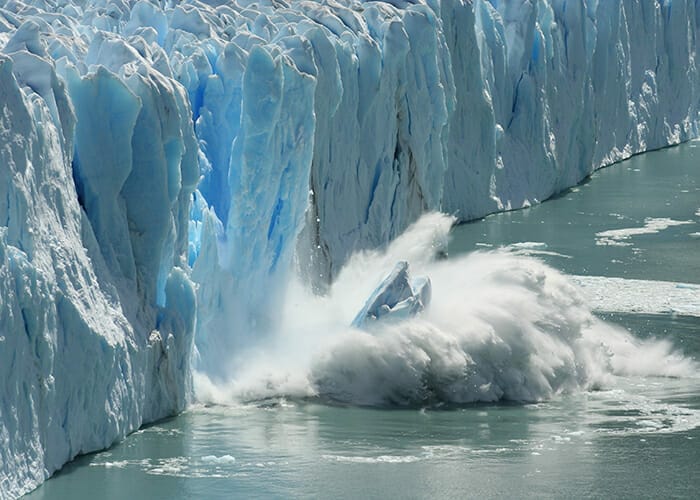Asset owners have rapidly scaled up their response to climate change to protect portfolios, but they have yet to catch up to the asset managers’ progress on a range of key activities, an annual benchmark report reveals.
The Asset Owners Disclosure Project (AODP) Global Climate 500 Index assesses the world’s 500 largest asset owners – representing more than $40 trillion in assets under management – on how well they disclose and manage climate risks that could affect retirement savings and other long-term investments.
This year, for the first time, AODP also surveyed the world’s 50 largest asset managers, which handle $43 trillion on behalf of their clients – representing more than 70 per cent of assets under management worldwide.
Globally, more investors are factoring climate risk into their decision-making. However, the report finds that although asset owners are making “rapid” progress, asset managers are ahead on a range of key activities.
It shows, for example, that 90 per cent of asset managers have incorporated climate change into their policy frameworks, compared with 42 per cent of asset owners. While the asset owners’ percentage is lower, it has doubled since last year.
The proportion of asset owners with staff focused on integrating climate risk into their investment has increased by more than a third, to 18 per cent. Again, asset managers are a long way ahead, as 68 per cent of those surveyed have dedicated staff.
One-fifth of asset managers calculate portfolio carbon emissions, while 13 per cent of asset owners do this – up from 10 per cent last year. Also, 12 per cent of asset managers assess the risk of stranded assets in their portfolio; 6 per cent of asset owners do this – up from 5 per cent last year.
AODP founder and chief executive Julian Poulter says: “Climate change is becoming a central part of risk management around the world, and will transcend short-term political setbacks such as moves by the Trump administration in the US to roll back action on climate change. Once investors adopt prudent risk-management practices, they will not unlearn them.”
Despite the upward trends, 200 asset owners and three asset managers showed no evidence of taking any action to tackle climate risk.
The AODP index assesses asset owners and managers on governance and strategy, portfolio risk management, and metrics and targets. Institutions are graded from AAA (the highest) to A ‘leaders’, down to D-rated institutions taking their first steps on climate risk. Those providing no evidence of action are rated X and classed as ‘laggards’.
In 2017, AODP made some changes to its methodology for constructing the rankings.
“While the underlying questions remain the same as last year,” the report states, “we have calibrated our assessment categories with the [Financial Stability Board] recommendations, to help asset owners and asset managers prepare for potential future reporting requirements. This alignment provides institutional investors with reporting consistency, trend analysis and an effective framework to implement the strategies required to meet – and perhaps more importantly exceed – the FSB’s expected guidelines.”





